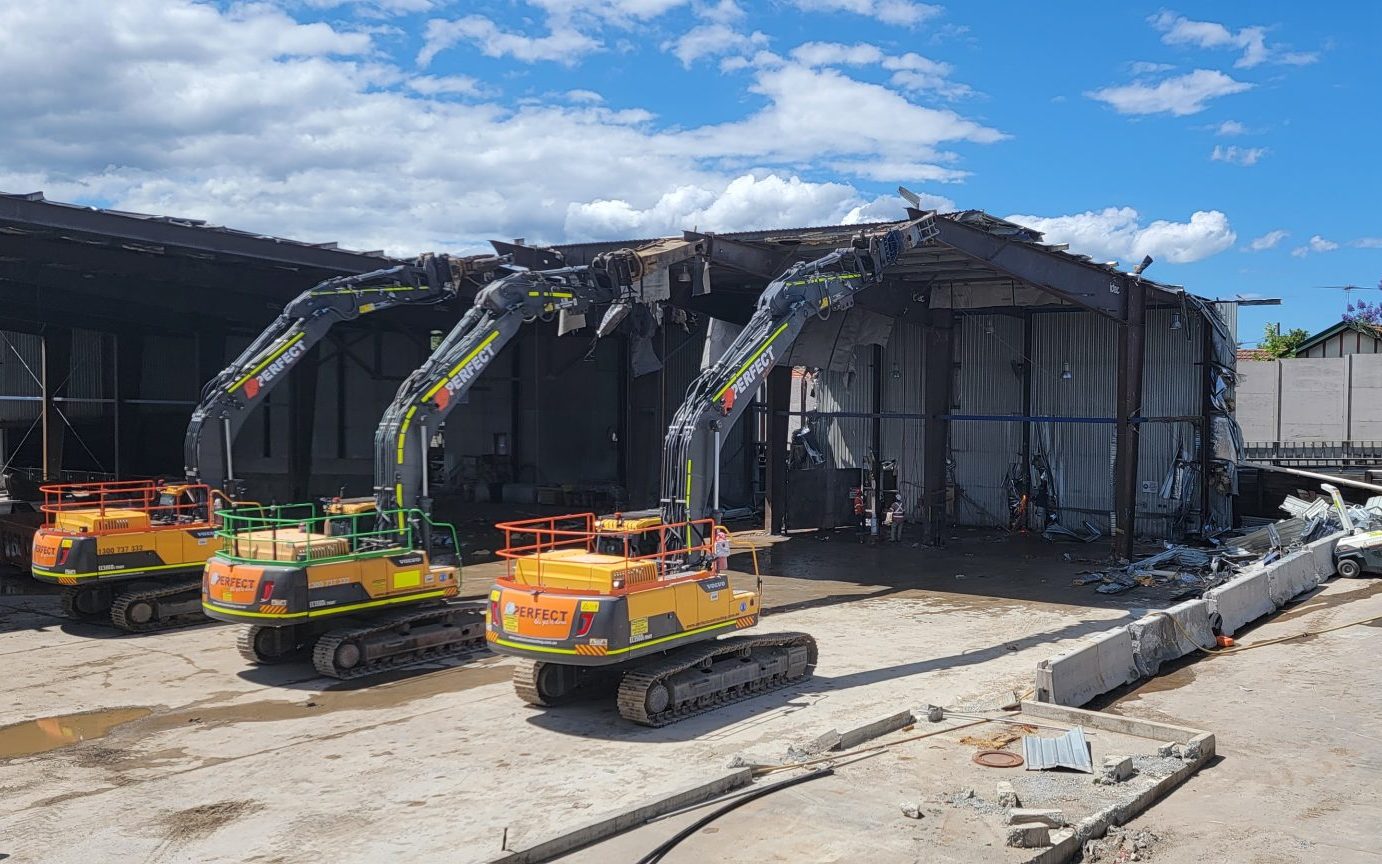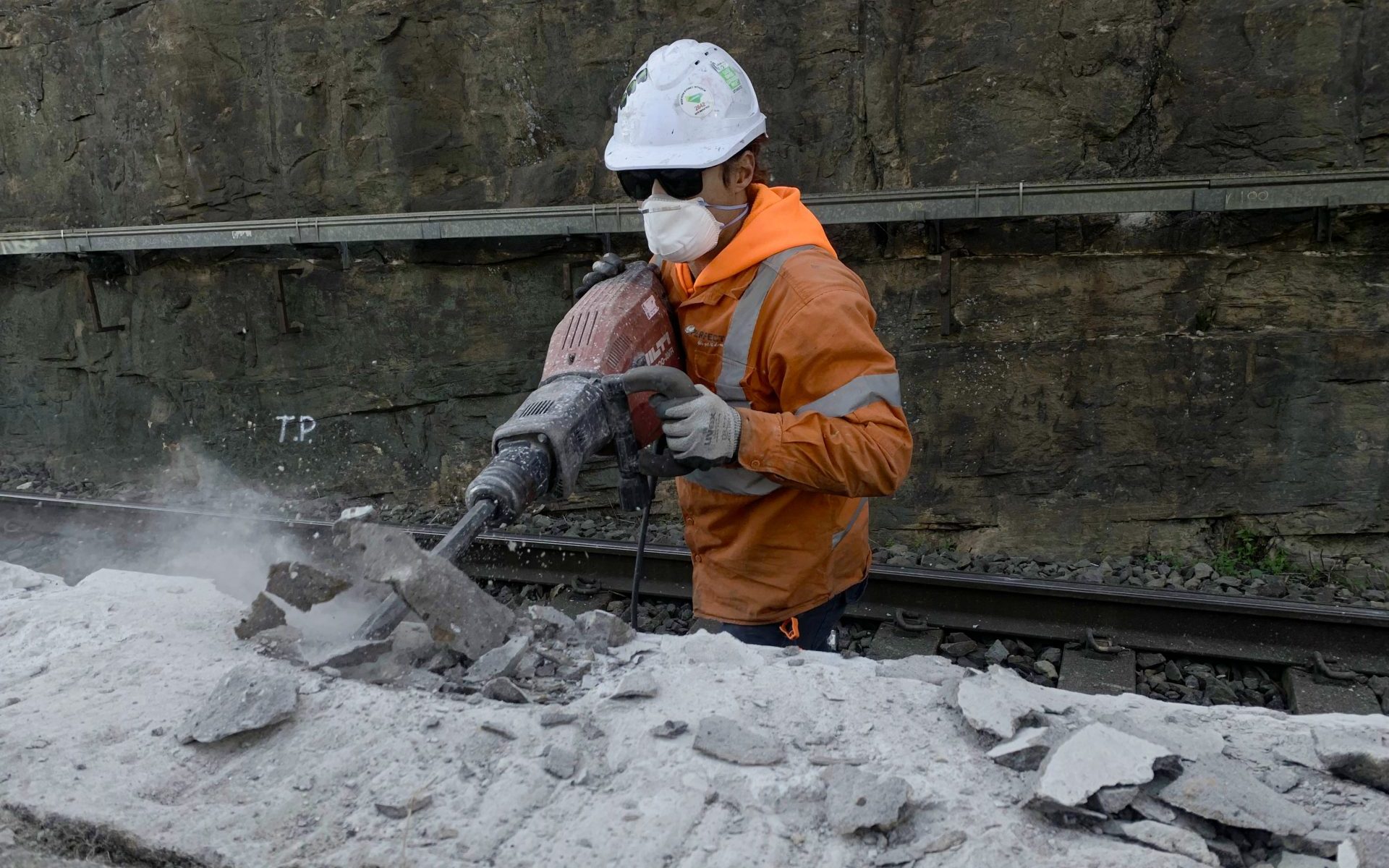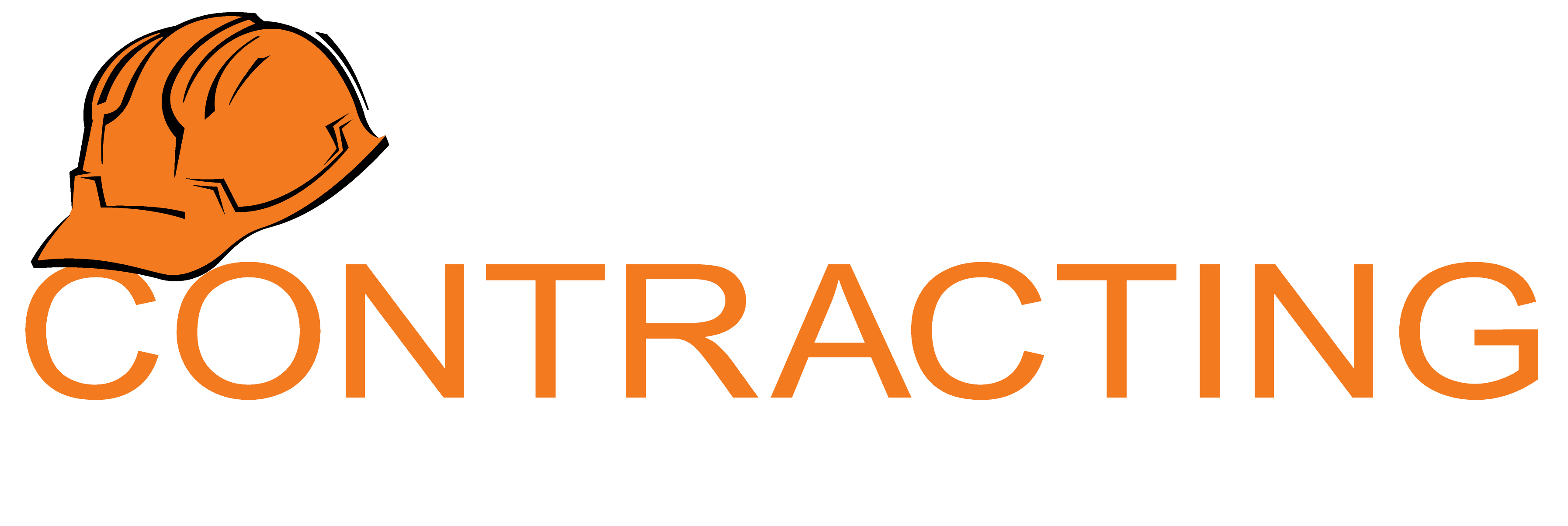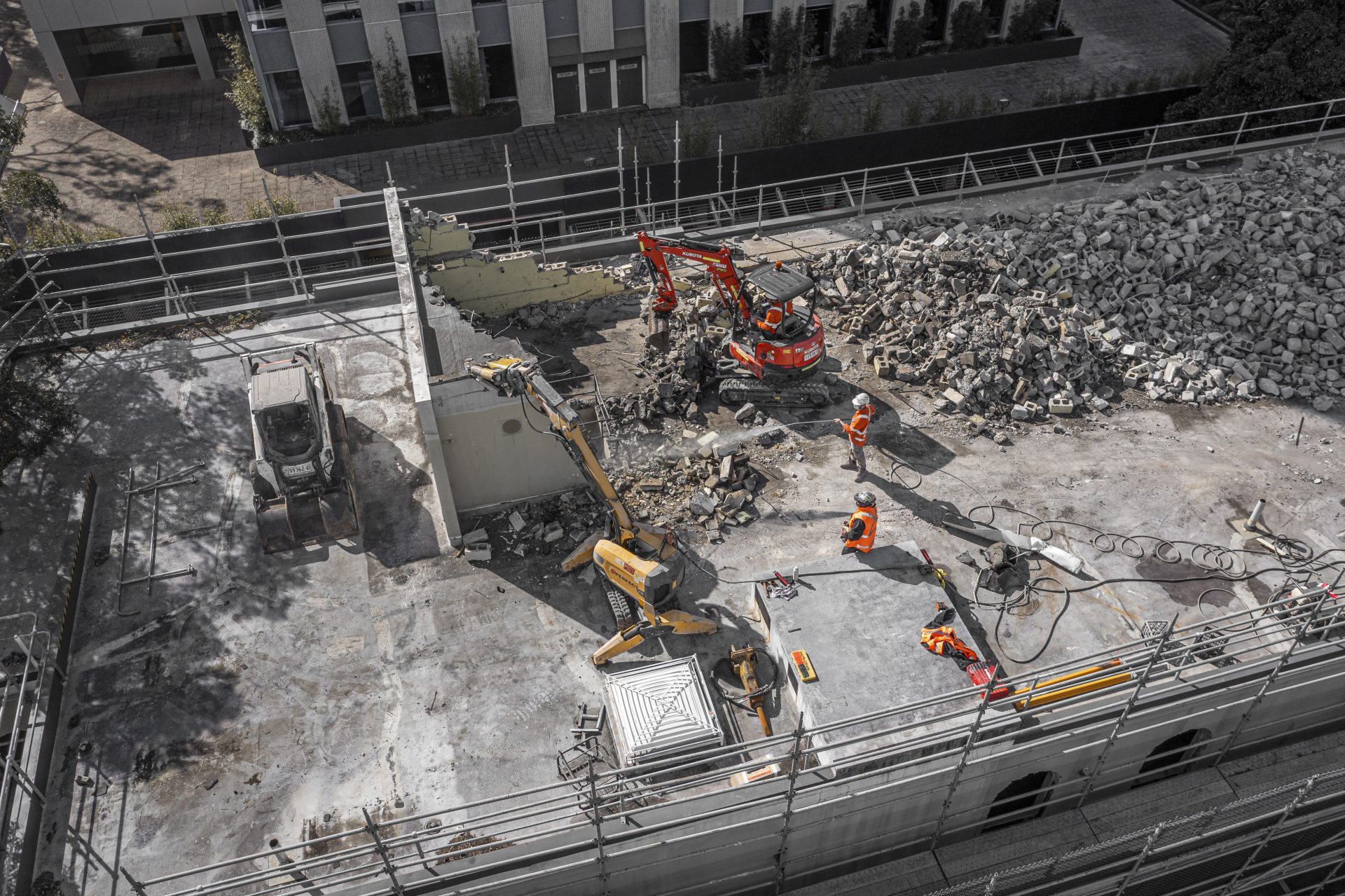Mechanical and manual demolition are two different approaches used to dismantle buildings or other structures. They each have their own advantages and disadvantages, and choosing between the two depends on several factors such as the nature of the structure, safety concerns, environmental impact, efficiency, and available resources.
Mechanical Demolition

Mechanical demolition involves the use of heavy machinery, equipment, and tools to systematically demolish and remove structures or materials. This method is often employed for larger-scale projects where efficiency, speed, and the ability to handle heavy materials are crucial. Mechanical demolition employs a range of heavy machinery and specialized equipment to break down structures and materials:
Excavators: Equipped with hydraulic attachments like shears, breakers, and crushers, excavators can tear down walls, crush concrete, and handle debris.
Wrecking Balls: Large steel balls are attached to cranes and swung into the structure to cause it to collapse. This method is less precise and more suitable for larger, less complex structures.
High-Reach Excavators: These excavators have extended arms that allow them to reach greater heights, making them suitable for demolishing tall structures floor by floor.
Concrete Crushers and Pulverisers: These attachments are used to crush concrete and masonry into smaller pieces, facilitating easier disposal and recycling.
Explosives (Implosion): In controlled circumstances, explosives can be used to strategically bring down a building. This method requires careful planning to ensure the safety of workers, nearby structures, and the environment.
Manual Demolition

Manual demolition involves the use of hand tools and manual labour to dismantle a structure. This method is often employed for smaller structures, interior demolition, or when precision is required. Common manual demolition techniques include:
Sledgehammer Demolition: Workers use heavy sledgehammers to break down walls, partitions, and other structural components. They strike the targeted area repeatedly until it breaks apart.
Selective Demolition: This technique involves carefully removing specific components while leaving others intact. It’s often used in renovation projects where some parts of a structure need to be preserved. For example, removing individual tiles from a wall without damaging the underlying structure.
Manual Dismantling: Workers disassemble structures piece by piece using handheld tools. This can include removing nails, screws, and fasteners before separating components.
Concrete Breaking with Jackhammers: Jackhammers, also known as pneumatic drills or demolition hammers, are used to break up concrete surfaces, foundations, and pavements.
Hand Demolition in Tight Spaces: In areas where machinery can’t reach or where precision is essential, workers may manually demolish walls, columns, and other components using hand tools.
Interior Demolition: Removing interior components of a structure, such as walls, ceilings, and flooring, to prepare for remodelling or renovations.
Deconstruction: This involves carefully dismantling a structure to salvage valuable materials for reuse. It prioritizes minimizing waste and environmental impact.
Cutting Tools: Equipment like cutting torches and angle grinders are used to cut through metal structures.
It’s important to note that even in manual demolition, safety measures and proper techniques are crucial to ensure the well-being of workers and bystanders, as well as to prevent structural instability or unforeseen collapses.
Advantages of Mechanical Demolition
There are several advantages of Mechanical Demolition but the primary three are:
Efficiency: Heavy machinery can quickly dismantle large structures, making it efficient for larger projects.
Safety: Workers are often at a safer distance from falling debris when using heavy machinery compared to manual methods.
Precision: Some attachments, like shears, allow for controlled cutting and dismantling of specific components.
Disadvantages of Mechanical Demolition
While mechanical demolition has many benefits, there are also disadvantages involved:
Environmental Impact: Dust, noise, and emissions from heavy machinery can have environmental impacts. Proper mitigation measures must be taken.
Structural Integrity: Heavy machinery can sometimes cause unexpected shifts especially in delicate structures. Careful planning is necessary to prevent uncontrolled collapses.
Cost: The cost of renting heavy machinery and employing skilled operators can be higher than manual labour.
Site Access: Some sites may have limited space or access for heavy machinery, necessitating alternative demolition methods.
Advantages of Manual Demolition
The advantages of Manual Demolition include:
Control: Manual demolition offers more control over the process, allowing workers to carefully dismantle structures and components. This reduces the risk of sudden collapses or unexpected structural failures.
Noise and Vibration: Manual methods typically produce less noise and vibration compared to heavy machinery, which can reduce the risk of hearing damage and structural instability.
Environmental Impact: Manual demolition causes less environmental impact in terms of emissions and dust.
Disadvantages of Mechanical Demolition
Manual demolition, while having its merits, also comes with several disadvantages compared to mechanical demolition. Some of the disadvantages of manual demolition include:
Labor-Intensive and Slow: Manual demolition requires significant physical labour and time to break down structures and materials. This can prolong the demolition process, especially for larger projects, leading to higher labour costs and longer timelines.
Limited Efficiency: Manual methods are generally less efficient than mechanical methods, especially when dealing with larger structures or substantial amounts of material. This can result in increased project costs and longer disruptions to the surrounding area.
Safety Risks: Manual demolition can pose higher safety risks for workers due to the physical nature of the work. Workers are at risk of injuries from using tools, lifting heavy objects, and working in potentially unstable environments. Without proper training and safety measures, accidents can occur.
Inaccuracy and Unpredictability: Manual demolition can be less precise than mechanical methods. Workers may inadvertently cause more damage than intended, leading to unexpected collapses or additional repair work. Predicting the exact outcome of manual demolition can be challenging.
Limited Scope and Scale: Manual methods may not be suitable for larger or complex structures. They’re more commonly used for smaller-scale projects or specific tasks within a demolition project, such as interior demolition or selective component removal.
Project Costs: Labor costs associated with manual demolition can be significant, especially if the project requires a larger workforce to meet deadlines. Additionally, the increased time required for manual methods can lead to higher overall project costs.
Skill and Experience Dependence: Effective manual demolition requires skilled and experienced workers who are familiar with proper techniques and safety protocols. Finding qualified workers can be a challenge, especially for specialized tasks.
Not Suitable for All Materials: Certain materials, like reinforced concrete or steel structures, may be challenging to dismantle effectively using manual methods alone.
In summary, mechanical demolition is a powerful method for quickly and efficiently dismantling structures. However, it requires careful planning, skilled operators, and adherence to safety and environmental regulations to ensure a successful and safe demolition process. On the other hand, while manual demolition can be appropriate for certain situations, it has limitations that may make it less practical for larger or more complex projects. It requires careful planning, skilled labour, and a clear understanding of its limitations to ensure safety and success. In many cases, a combination of both methods might be employed to achieve the best results. The choice between mechanical and manual demolition depends on factors such as the size of the structure, the location, safety concerns, environmental regulations, and project timeline.
For more information on our services, take a look at our webpage or request a free quote.
contact us today
